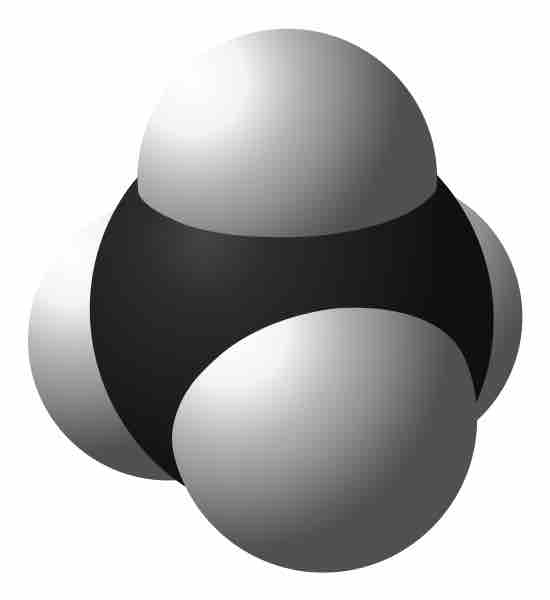The use of antimicrobial drugs can have many unintended side-effects. The use, particularly when repeated, of many drugs can lead to an accumulation of a drug, or harmful byproducts from the metabolism of a drug, in tissues or organs. This accumulation of toxic chemicals can lead to organ damage, and in extreme cases, even organ failure and death. Two severe types of organ toxicity associated with antimicrobial drugs are nephrotoxicity and hepatotoxicity, toxicity of the kidneys and liver respectively.
The liver and kidneys are common organs affected by chemical toxicity. The kidneys are responsible for the filtration of the blood, so it is not surprising that deleterious agents in the blood may accumulate there. The liver is an important site for the breakdown of most metabolites in the body, and is referred to as the "metabolic clearing house" of the body. As drugs are quite often broken down in the liver, they can accumulate there and cause damage, or the byproducts of a drug's metabolism can be toxic. In addition to direct damage to the liver by an antimicrobial drug, antimicrobial drugs can lead to the formation of dangerous toxins through the breakdown of microbes or due to interaction with other tissues in the body. These secondary toxins from drug metabolism then accumulate in the liver, potentially causing damage. Drug damage to the liver or kidneys can be particularly catastrophic as these organs are needed for the proper "cleaning" of the body. If they are compromised, this leads to further accumulation of potentially toxic metabolites further damaging organs in the body.
Some of the toxic effects can be more benign, as is the case with ototoxicity, or damage to the ear. Use of some antibiotics, such as gentamicin, can cause a lose of hearing, or tinnitus ("ringing in the ears"). Ototoxicity is usually temporary with antibiotics, but permanent hearing damage, while rare, has been reported. Some antibiotics such as Tetracycline can cause phototoxicity, also known as sun poisoning; the result of which is that very short exposures to direct sunlight can cause severe skin irritation, with the appearance being quite similar to a rash or sunburn . The Tetracycline in a patient's skin becomes toxic when exposed to sunlight, which causes an allergic reaction and leads to rash on the affected area. Broad-spectrum antibiotics in the family of fluoroquinolones can cause neurotoxicity by directly damaging neuronal receptors. This can lead to any number of psychological effects from mild cognitive dysfunction (brain fog) to more severe effects, such as hallucinations and suicidal thoughts.

Methane
This space-filling model of methane shows the approximately spherical nature of this molecule.
While a few specific examples have been outlined here, toxic effects are not limited to the organs mentioned. In fact, almost any tissue or organ can be affected by antimicrobial drugs. However, it should be noted that the side-effects due to broad-spectrum antibiotics are actually quite rare, with organ damage being even more rare.The potential side-effects of antibiotics or other antimicrobial drugs are offset by the benefits of combating the microbial infection.

Sun Poisoning
This rash seen on a forearm is a typical reaction observed when an antibiotic causes phototoxicity.